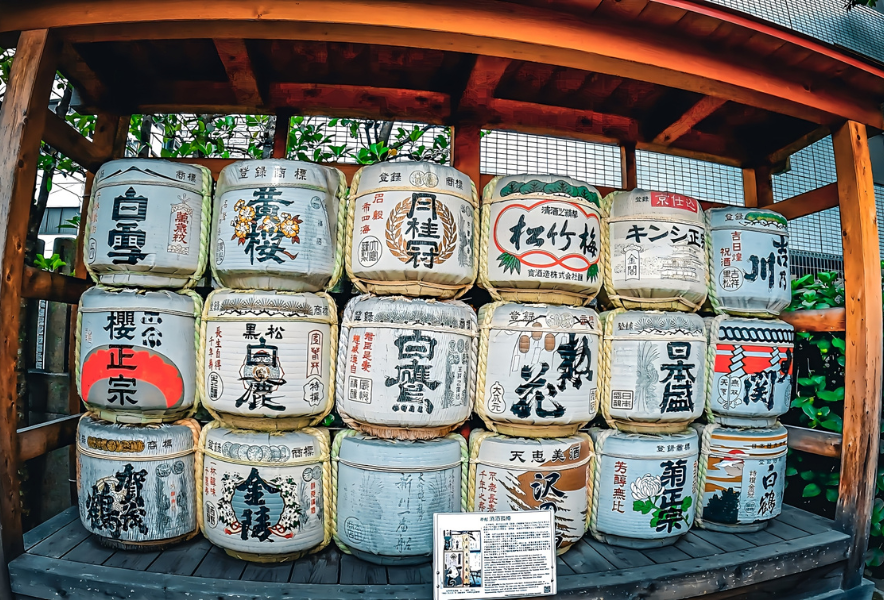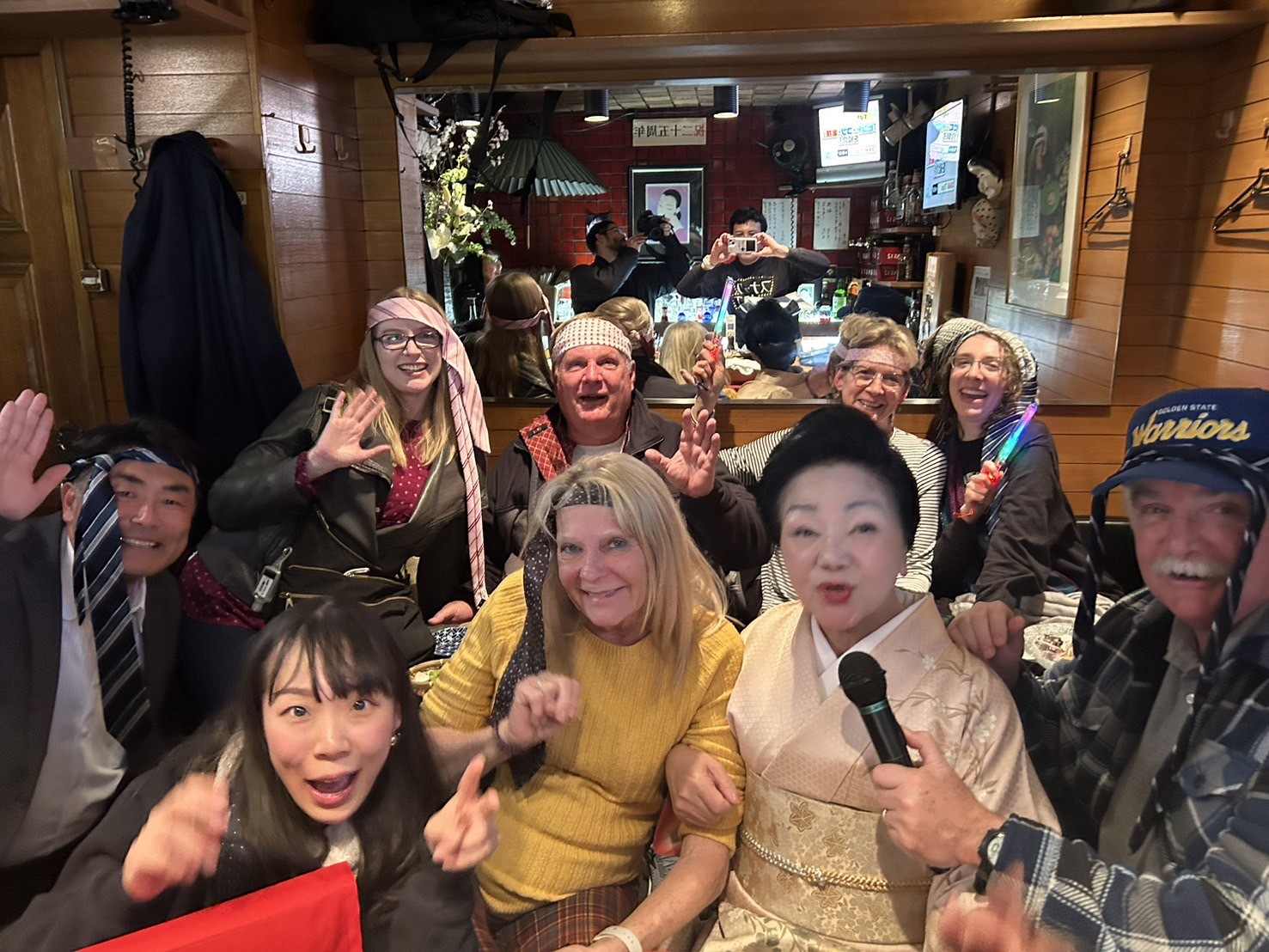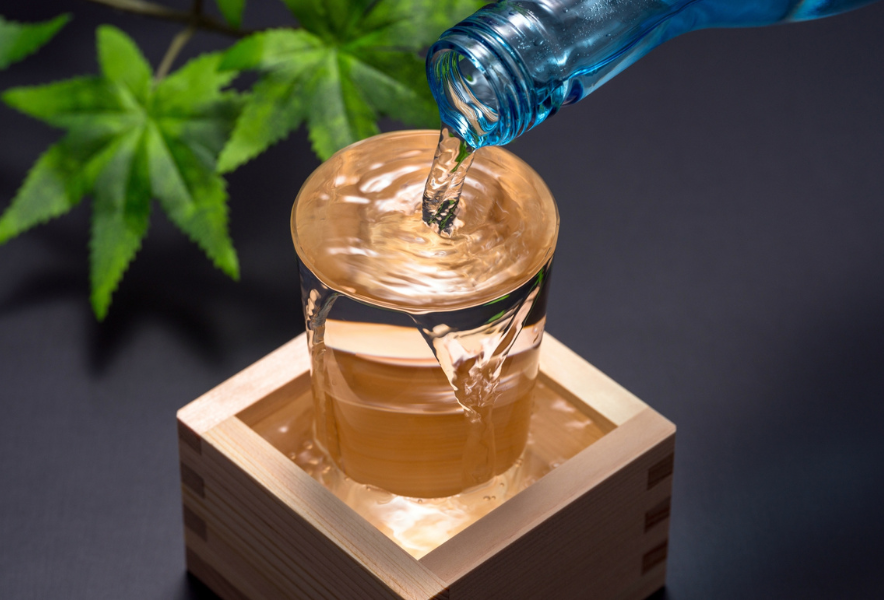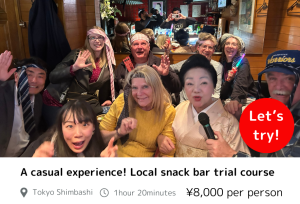Contents
Discovering Japan’s Tradition — The Charm and Joy of Sake
Sake, a traditional Japanese beverage made from rice, koji, and water, has deep roots in Japan’s history and culture. Each region and brewery offers its own unique flavor, crafted through centuries of dedication and craftsmanship. In this article, we will dive into the history, brewing process, types of sake, and where you can enjoy this iconic drink in Japan.
 —
—
History of Sake
Sake has a history that dates back at least 1,000 years. Brewing techniques likely began alongside rice cultivation, with early forms of sake used in religious ceremonies before becoming popular among the general population.
– **Connection to Shinto**: Sake has long been considered a sacred drink in Japan, often used as an offering to gods in Shinto rituals. Festivals and ceremonies at shrines frequently include sake as a way to honor the deities.
– **Development in the Edo Period**: Commercial sake brewing took off during the Edo period (1603-1868), with advances in brewing techniques, allowing for the production of higher-quality and larger quantities of sake.
—
The Brewing Process of Sake
While sake has simple ingredients—rice, water, and koji mold—the brewing process is intricate. Sake breweries, known as *sakagura*, pride themselves on their techniques and the individuality they bring to their products.
– **Rice Polishing**: The rice used in sake is polished to remove the outer layers of proteins and fats, focusing on the pure starch at the core. The more polished the rice, the cleaner and more refined the flavor.
– **Fermentation**: Sake fermentation involves a special process called *parallel multiple fermentation*, where the starches in rice are converted to sugars and alcohol simultaneously by koji mold and yeast. This results in sake’s distinctive flavors and aromas.
—
Types of Sake
Sake comes in many varieties, classified based on brewing methods and the degree of rice polishing. Here are a few popular types:
– **Junmai-shu**: Made purely from rice and water without any added alcohol. This sake has a rich and full-bodied flavor.
– **Ginjo-shu**: Brewed with rice polished to at least 60% of its original size, Ginjo sake is typically fermented at lower temperatures, offering a light, fruity aroma.
– **Daiginjo-shu**: The most refined sake, with rice polished to 50% or less, Daiginjo is elegant and often enjoyed chilled to appreciate its delicate fruity and floral notes.
– **Nigori-zake**: A cloudy sake made with minimal filtration, resulting in a creamy texture and a slightly sweet flavor.
—
Regional Sake Varieties
Japan’s varied climate and water sources contribute to distinct regional sake styles. Each region’s sake is a reflection of its natural environment and local traditions.
– **Nada, Hyogo Prefecture**: One of the largest sake-producing regions, known for its clean, crisp, and dry sake. Popular brands include *Hakutsuru* and *Kiku-Masamune*.
– **Fushimi, Kyoto Prefecture**: Sake from Fushimi is famous for its smooth, soft, and slightly sweet flavor, thanks to the area’s high-quality soft water. Look for brands like *Gekkeikan* and *Kizakura*.
– **Niigata Prefecture**: Known for its light and dry sake, perfect for pairing with seafood. Niigata’s “tanrei karakuchi” style is crisp and refreshing, with famous brands such as *Hakkaisan* and *Kubota*.
—
How to Enjoy Sake
Sake can be enjoyed at various temperatures, each bringing out different aspects of the drink’s flavor.
– **Chilled Sake**: Especially for Ginjo and Daiginjo varieties, serving them cold highlights their fruity and floral aromas.
– **Warm Sake**: Many types of Junmai sake can be enjoyed warm, enhancing their rich and umami flavors. A warm cup of sake is perfect during cold winter months.
Additionally, sake can be enjoyed in different types of glasses. While traditional *ochoko* or *masu* wooden boxes are common, many now prefer wine glasses to fully appreciate sake’s aromas.
—
Sake Tourism: Discovering Sake in Japan
For those interested in exploring sake firsthand, visiting breweries and sake-related events can offer an immersive experience into Japan’s sake culture.
– **Nada Sake Brewery Tour (Hyogo Prefecture)**: This region is home to many historic breweries, where visitors can taste various sake and learn about the brewing process.
– **Fushimi Sake District (Kyoto Prefecture)**: Enjoy a walking tour of the sake breweries in Kyoto’s famous Fushimi area, where you can sample the area’s soft, sweet sake.
– **Saijo Sake Festival (Hiroshima Prefecture)**: Held annually in October, this festival brings together local breweries and offers visitors the chance to taste a wide range of sake.
—
Conclusion
Sake is not just a drink—it is a reflection of Japan’s deep connection to nature, tradition, and craftsmanship. Whether you are a seasoned sake drinker or a curious beginner, there is a sake for every palate. The next time you dine in Japan or explore the country, take a moment to savor this traditional beverage and find your favorite.
Let’s go to Izakaya and a Japanese Snack-bar with a fun guide!!
You can enjoy many kinds of drinks at Izakaya and drinking culture Snack Bars, beloved by many but you can’t enter without a guide. You can enjoy communication with the owner and other customers, as well as singing karaoke, allowing for a relaxing time.
Most snack bars have a policy of refusing entry to foreigners. However, with a tour, you’ll have a guide, so you can enter with peace of mind.
When visiting Japan, don’t just check off the tourist spots –
dive into local experiences for an unforgettable journey!

Once you experience it, you’ll be captivated too! The charm of snack bars.

New encounters with people! The camaraderie of singing at a snack bar! Conversations with the mama-san!





